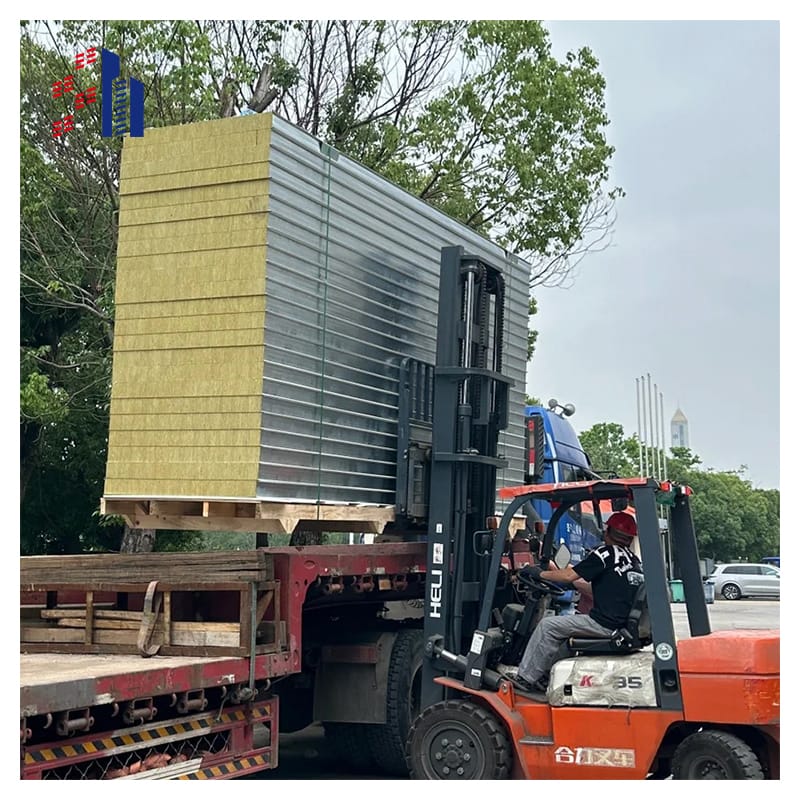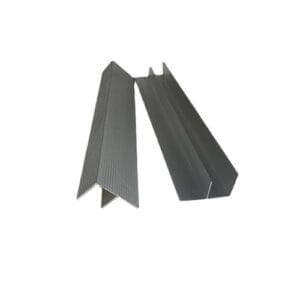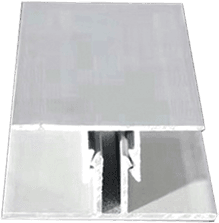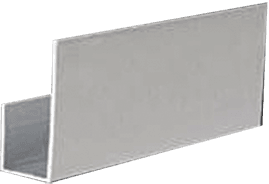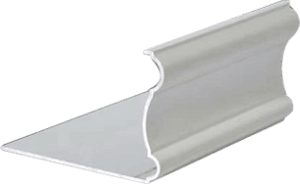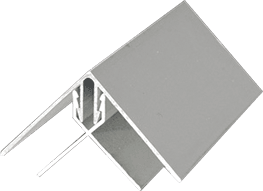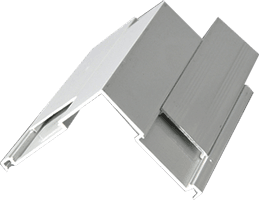How Carbon Fiber Transforms Composite Sandwich Panels into Engineering Marvels
You know what’s revolutionizing everything from airplanes to skyscrapers? Carbon fiber in composite sandwich panels. These panels combine a lightweight core—like foam or honeycomb—with ultra-strong carbon fiber skins. The result? A material that’s tougher than steel but light enough to float. NASA famously uses carbon fiber-reinforced panels in spacecraft because they handle extreme heat and stress. For everyday construction, this means buildings get stronger without adding bulk. Plus, LEED-certified projects love ’em for reducing energy use. So, if you want durability without the weight, carbon fiber sandwich panels are the answer.
Composite Panels 101: Understanding the Basics and Their Versatile Applications
Let’s break it down: composite panels are like a high-tech sandwich. Two rigid outer layers (think aluminum or fiberglass) hug a softer core—say, foam or polymer. This combo creates a material that’s both stiff and lightweight. MIT researchers found that composite panels can cut building costs by 20% thanks to their easy installation. From airport roofs to RV floors, these panels are everywhere. They’re fire-resistant, weatherproof, and even dampen sound. Oh, and architects adore them for sleek, modern designs. Bottom line? If you need versatility, composite panels deliver.
Important attributes |
| design | the present age | After-sales service | Online Technical Support, Other |
| Origin | Shandong, China | Application Scenarios | Warehouse |
| Brand | SH | Warranty Service | polyurethane |
| Panel Material | polyurethane | Models | SH 150mm |
| Usage | Exterior Decoration | Product Name | composite sandwich panel |
| Surface Material | Metallic | Minimum Order | Personalization |
| Thickness | 16MM/20MM/25MM | Color | Bright red, vermillion, lime, sky blue, aquamarine, pea green or customized |
| Width | 100mm,120mm,150mm,200mm | | |
The Importance of Core Material in Composite Sandwich Panel Longevity
Here’s the deal: the core material is the unsung hero of composite sandwich panels. Whether it’s polyurethane foam or balsa wood, the core decides how the panel performs.Meanwhile, PET foam cores are eco-friendly and 100% recyclable—perfect for green buildings. A 2023 study by Stanford showed panels with advanced cores last 30% longer in harsh climates. So, skimp on the core, and you’ll pay later. Choose wisely, and your panels will outlive the competition.
Composite Sandwich Solutions for LEED-Certified Green Buildings
So here’s the deal: the core material is where the magic happens. You’ve got options—like PVC foam for insulation or aluminum honeycomb for when you need “indestructible” mode (fighter jets use this stuff). Airbus goes with polyurethane foam in planes to kill noise and vibrations. But wait—the core you pick changes everything. Want your panel to float? Go with a lightweight foam. Need it to survive a wrecking ball? Honeycomb’s your jam. Architects dig balsa wood cores for eco-projects because they’re renewable. Bottom line: match the core to your project’s vibe.
Why Architects Choose Sandwich Panels for Eco-Friendly and Durable Designs
Architects are ditching old-school materials for sandwich panels, and here’s why: They’re lightweight, which means smaller foundations and lower transport emissions. A recent AIA report highlighted that 67% of firms now specify sandwich panels for commercial projects. The panels also bend (literally!) to creative shapes—think curved facades or domed roofs. And with options like fire-rated mineral cores, they meet strict safety codes without the bulk. Oh, and maintenance? A quick rinse keeps ’em looking new. So, for designs that marry beauty and brains, sandwich panels win every time.


